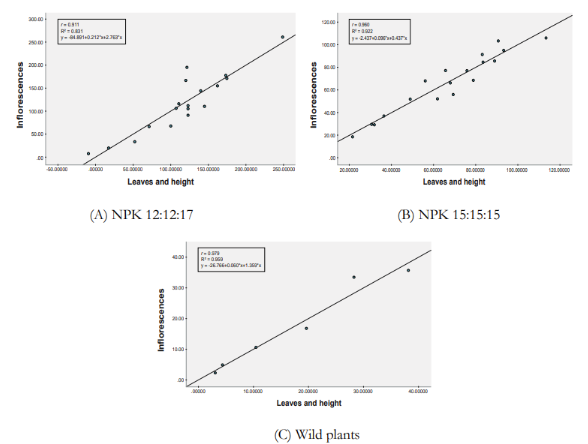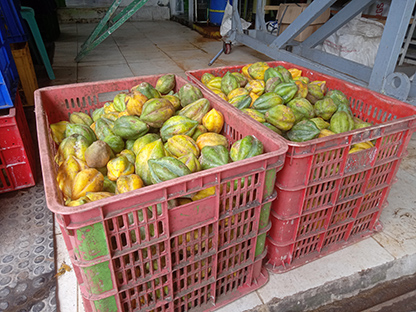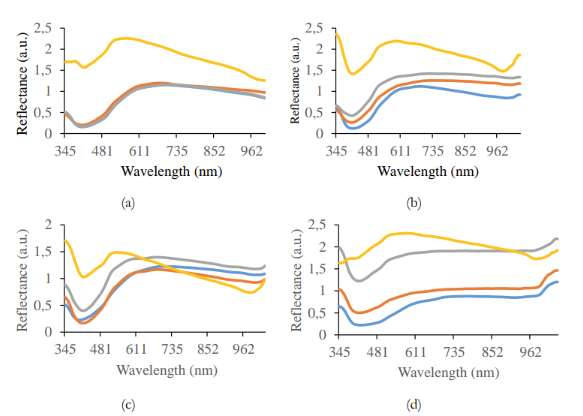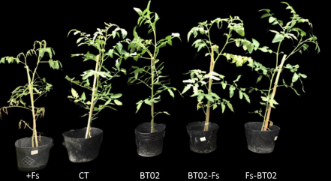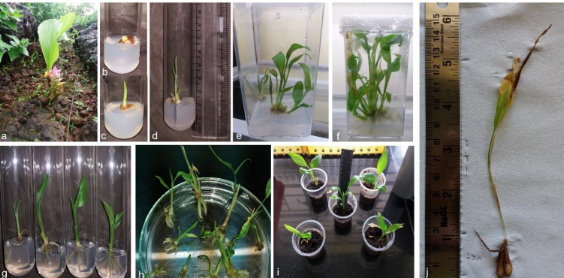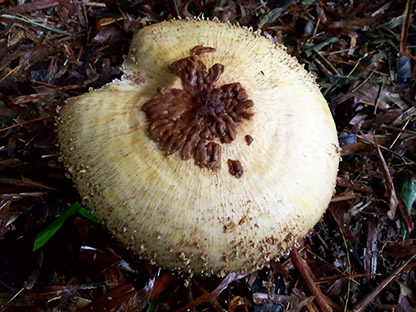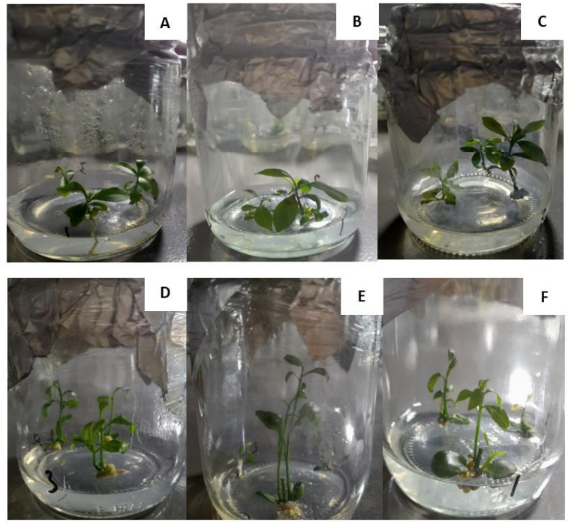High Turbidity Affects Filtration Rate and Pseudofaeces Production of the Mud Clam Polymesoda erosa (Solander 1876) (Bivalvia: Corbiculidae)
Downloads
P. erosa is an economically- and ecologically-important bivalve which thrives in brackishwater mangroves or Nypa zones. Unpredictable weather conditions and unregulated anthropogenic activities in mangrove area could lead to high turbidity conditions and possibly affect the filtering capacity of P. erosa. A laboratory experiment was conducted to determine the effects of turbidity concentration and body size on the filtration rate and pseudofaeces production of P. erosa. Filtration rates significantly increased with higher turbidity concentration up to 750 mg L-1 (P < 0.05). Pseudofaeces production also increased with increasing turbidity concentration (P < 0.05). Body size did not affect the filtration and pseudofaeces production of P. erosa. Results suggest that P. erosa is resilient to highly disturbed, turbid environments and therefore could be a potential candidate species for aquaculture.
Downloads
Authors who publish with this journal agree with the following terms:
- Authors retain copyright and grant the journal right of first publication, with the work 1 year after publication simultaneously licensed under a Creative Commons attribution-noncommerical-noderivates 4.0 International License that allows others to share, copy and redistribute the work in any medium or format, but only where the use is for non-commercial purposes and an acknowledgement of the work's authorship and initial publication in this journal is mentioned.
- Authors are able to enter into separate, additional contractual arrangements for the non-exclusive distribution of the journal's published version of the work (e.g., post it to an institutional repository or publish it in a book), with an acknowledgement of its initial publication in this journal.
- Authors are permitted and encouraged to post their work online (e.g., in institutional repositories or on their website) prior to and during the submission process, as it can lead to productive exchanges, as well as earlier and greater citation of published work (See The Effect of Open Access).











